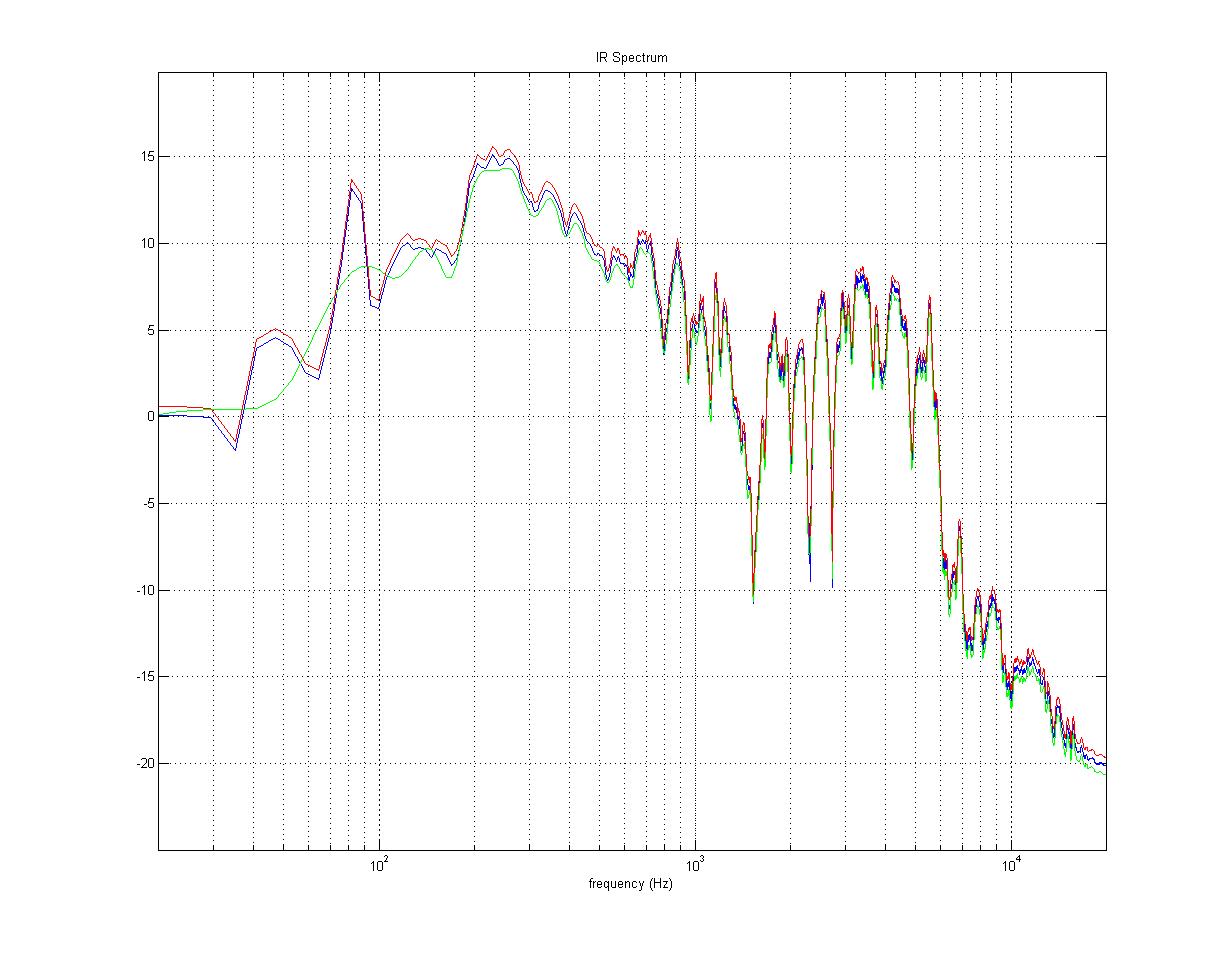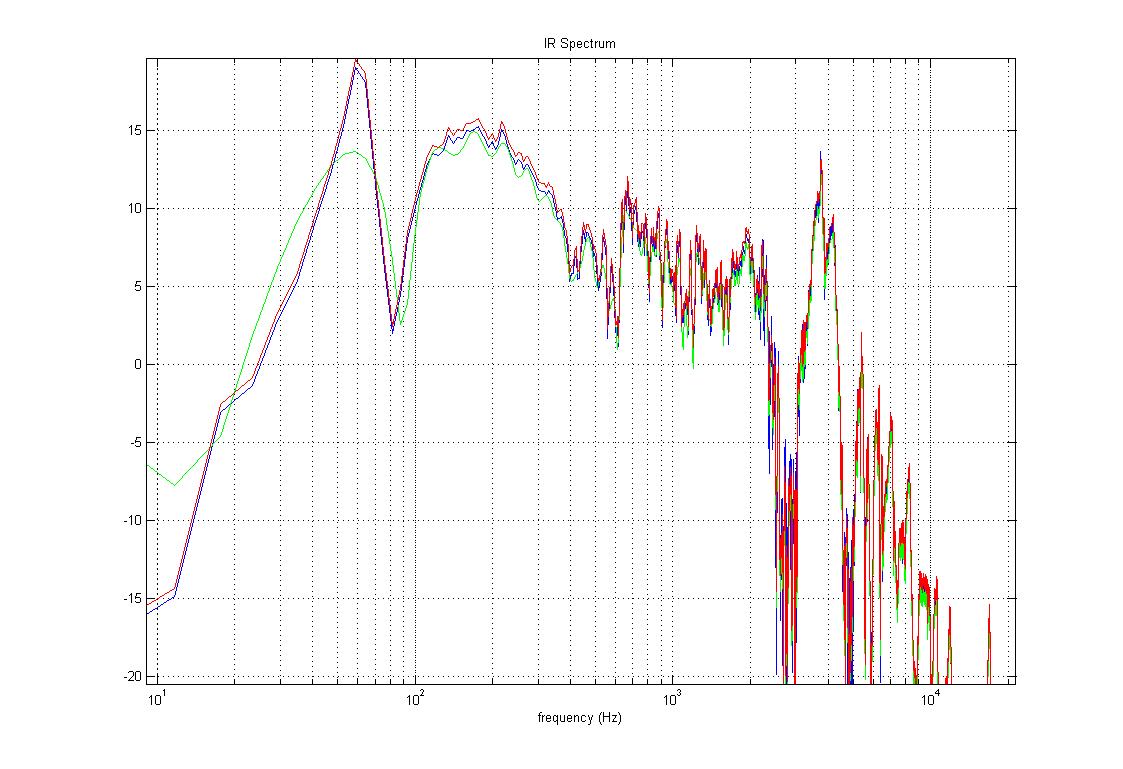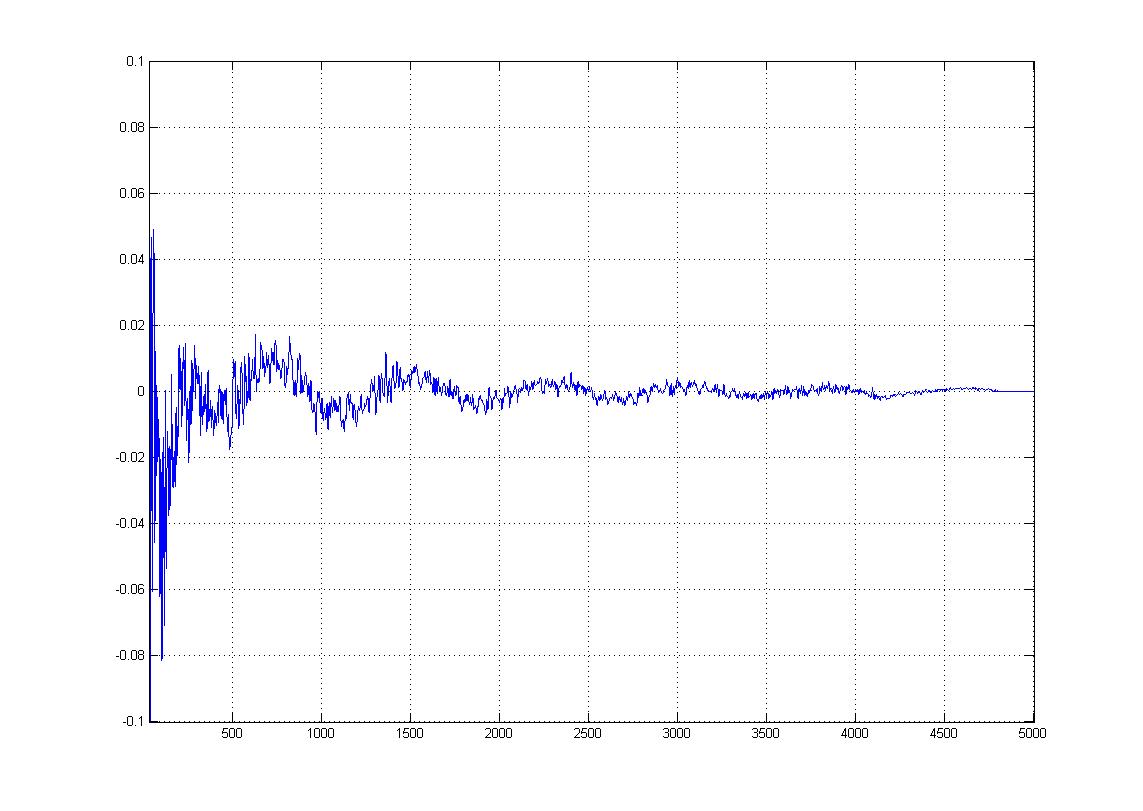Did you find the audio samples?
Interesting comment of Jay Mitchell on the Gear Page on this subject
"Cliff is mistaking mathematical artifacts for acoustic ones. It's a very common mistake but a mistake nonetheless."
Here's the link:
The Gear Page - View Single Post - Future IR Technology from Fractalaudio?
Interesting comment of Jay Mitchell on the Gear Page on this subject
"Cliff is mistaking mathematical artifacts for acoustic ones. It's a very common mistake but a mistake nonetheless."
Here's the link:
The Gear Page - View Single Post - Future IR Technology from Fractalaudio?

You lost me after "The" :lol AWESOME Cliff !!!!!!!The problem with conventional IRs is that they are too short to capture the detail in the low frequencies. There are those that maintain 20 ms is the maximum length you need to fully replicate the speaker. This would be about 1000 samples at 48 kHz.
I disagree with this as I have many IRs here that exhibit significant energy beyond 20 ms. I believe the room has some influence as the low-frequency modes of the room will impact the resulting sound. The amount of this impact depends on the room, the mics, distance, etc., etc. Or perhaps certain speakers have particularly high Qs in the low frequencies. Regardless, it is my opinion that you need IRs much longer than 20 ms to fully capture the "mic'd amp in the studio" sound.
My tests show that IRs of 8000 samples are required to fully capture the low-frequency detail. Unfortunately to process an 8K IR in real-time require copious processing power...
Fortunately I have developed "UltraRes (TM)" cabinet modeling. UltraRes cabinet modeling provides the frequency detail of a very long IR with little or no added processing power requirements.
The following image depicts the response of UltraRes cabinet IR processing:
The blue trace is the frequency response of the original (long) IR. It is a Vox AC-30 cab.
The green trace is the frequency response of the same IR truncated to 1K samples. This is "normal resolution" in the Axe-Fx and 2-4 times longer than what other products use.
The red trace is the frequency response using UltraRes processing.
I’ve shifted each trace by 0.5 dB to make comparison easier.

I don't understand any of this! :beaten:
I'm new to IR's and would like to understand what I am looking at. Is the blue the original IR and the red is the ultra-res replication of the blue?
It's not a mathematical mistake and nothing to do with windowing.
That peak in the bass response might be the speaker, it might be the room. Looking at the actual IR it appears to be the speaker as there are no discernible early reflections.
The frequency resolution of an IR is the sample rate divided by the number of samples in the IR. The window function has nothing to do with frequency resolution (except for making it even less). So a 1K IR at 48 kHz sample rate has a frequency resolution of roughly 48 Hz. If a speaker has a resonance (formant) at, say 80 Hz with a Q of, say, 3.0, then 48 Hz is insufficient to capture that resonance accurately. You need a frequency resolution of several Hz to accurately recreate that resonance. I chose 80 Hz and a Q of 3 because that's what that response looks like. The Q could even be higher than that.
It doesn't take much mental energy to realize that if you have a narrow formant at a low frequency then you need fine frequency resolution to reproduce that. An 80 Hz formant with a Q of 3 only spans about 25 Hz. Obviously a frequency resolution of 48 Hz is not going to be able to reproduce that.
Windowing only smooths the response even more. This is basic FFT theory. The less time-domain information you have, the less frequency domain information you have and vice-versa. This is the uncertainty principle. I always window IRs with a Hann window.


So a 1K IR at 48 kHz sample rate has a frequency resolution of roughly 48 Hz. If a speaker has a resonance (formant) at, say 80 Hz with a Q of, say, 3.0, then 48 Hz is insufficient to capture that resonance accurately. You need a frequency resolution of several Hz to accurately recreate that resonance. I chose 80 Hz and a Q of 3 because that's what that response looks like. The Q could even be higher than that.
It doesn't take much mental energy to realize that if you have a narrow formant at a low frequency then you need fine frequency resolution to reproduce that. An 80 Hz formant with a Q of 3 only spans about 25 Hz. Obviously a frequency resolution of 48 Hz is not going to be able to reproduce that.
Interesting that this "more sliders in the EQ" concept appears to finally being realized. And don't let Jay get you down about it. Not everything he says is law. Curious to hear it for sure!
http://forum.fractalaudio.com/amps-cabs/71451-clr-guys.html#post876004
hmm... it's been also said many times before by some guys who produce very good IRs, that the longer, uncut .wav IRs sound better because they include more of what's initially been captured and which just can't 100% be reproduced by the shortened IRs which we for example use.Interesting comment of Jay Mitchell on the Gear Page on this subject
"Cliff is mistaking mathematical artifacts for acoustic ones. It's a very common mistake but a mistake nonetheless."
Here's the link:
The Gear Page - View Single Post - Future IR Technology from Fractalaudio?
